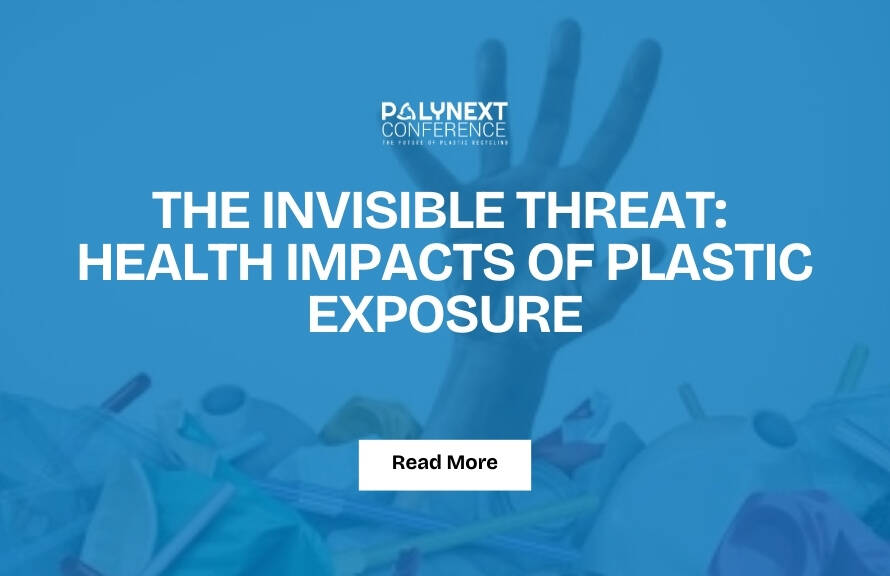Everywhere you turn, plastic is there. It’s in your kitchen, your clothes, your cosmetics—and increasingly, inside your body. Yes, you read that right. According to a WWF report, we may be eating up to 5 grams of plastic every week—roughly the size of a credit card!
While plastic makes life more convenient, the dark truth is now surfacing: it could be harming our health in serious ways. And not just from plastic bottles or straws—we’re talking about microplastics, toxic additives, and pollutants that enter our bodies through the air we breathe, the food we eat, and even the creams we rub on our skin.
What Does Science Say?
Though research into plastic’s health effects is relatively new, what we know so far is alarming. Scientists are linking plastic exposure to:
Cancer
Hormonal changes (also called endocrine disruption)
Reproductive and cognitive issues
Childhood developmental delays
Lung problems and even birth defects
And the threat doesn’t stop at individuals. Plastic pollution affects entire communities, especially:
Children
Pregnant women
Low-income groups
Workers in waste management or recycling jobs
These communities often face higher exposure and fewer protections, making this not just an environmental issue, but a human rights concern.
Microplastics: Tiny Particles, Big Problems
Microplastics are everywhere—found in seafood, salt, honey, and even bottled water. These tiny pieces can carry harmful bacteria and chemicals into our systems. Some act like sponges, absorbing toxic pollutants and delivering them right into our organs. Imagine them as Trojan horses of disease.
Plastic’s Impact Isn’t Just Physical
Plastic pollution doesn’t only affect your body. The entire plastic lifecycle—starting from the extraction of fossil fuels to burning waste—produces toxic emissions. These emissions pollute the air, water, and soil. In turn, this contributes to climate change, extreme weather, and heat-related illnesses.
The Price We Pay: In Lives and Dollars
The damage caused by plastic-linked chemicals isn’t just tragic—it’s expensive. One report by the Minderoo-Monaco Commission estimated that in 2015 alone, plastic-related diseases cost over $250 billion globally. In the United States? A jaw-dropping $920 billion was linked to exposure from just three plastic-related chemicals: PBDE, BPA, and DEHP.
Real-world cases already show how dangerous certain plastic chemicals can be. Take Bisphenol A (BPA), for example—once common in baby bottles, now banned in many countries after being linked to hormonal disruption and developmental harm in infants.
In the Middle East, countries like Lebanon face another dimension of plastic-related health risks. Mismanaged waste and open burning of plastic trash produce dense clouds of dioxins, furans, PAHs, VOCs, and fine particulates. In towns like Chehabiyeh and Baalbek, residents, particularly children and older adults, suffer from chronic respiratory symptoms and allergies. One study found that workers near dumpsites in Beirut were 4.3 times more likely to report skin, respiratory, gastrointestinal, and constitutional illnesses. These fires release known carcinogens and endocrine disruptors, posing long‑term health threats.
Final Thoughts: We Can’t Ignore This Anymore
The conversation around plastic needs to shift from “pollution” to “public health crisis”. Reducing plastic use, pushing for safer alternatives, and holding manufacturers accountable are no longer optional—they are essential. Because the question is no longer if plastic is harming us. It’s how much—and for how long?
In this context, events like PolyNext 2025 are becoming increasingly important. Scheduled to take place on 1-2 October 2025 in Dubai, PolyNext is expected to bring together scientists, health experts, policymakers, and industry leaders to explore innovations in safe plastic alternatives, circular economy solutions, and the health impacts of polymers. It’s not just a conference—it’s a global call to rethink our relationship with plastic and protect future generations.
Let’s pay attention, stay informed, and support the shift toward healthier, plastic-smart solutions.
References
WWF (Plastic ingestion report): https://wwf.panda.org/wwf_news/?348337
Minderoo-Monaco Commission on Plastics and Health, 2023: https://www.annalsofglobalhealth.org/articles/10.5334/aogh.4056/
Human Rights Watch


